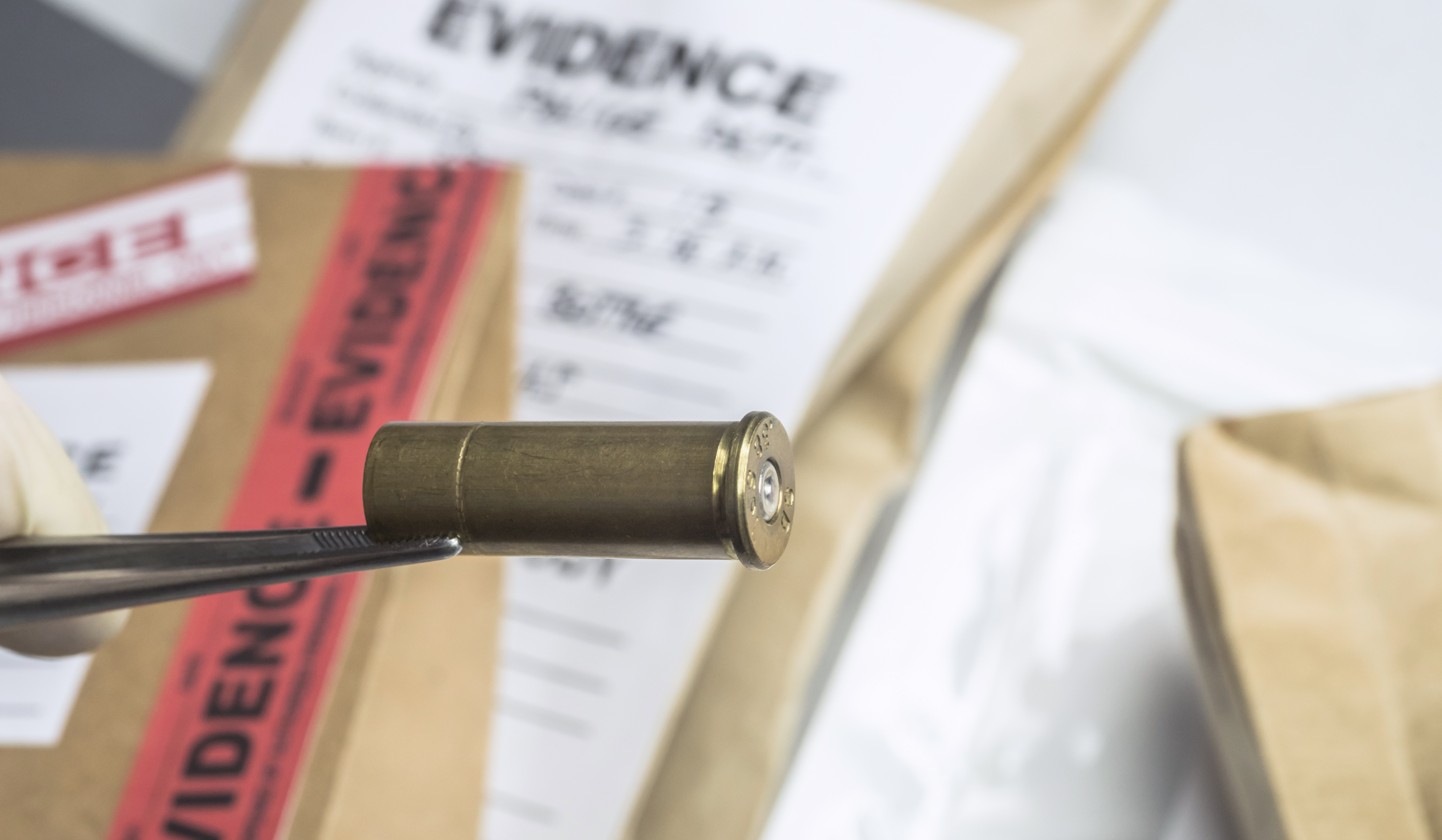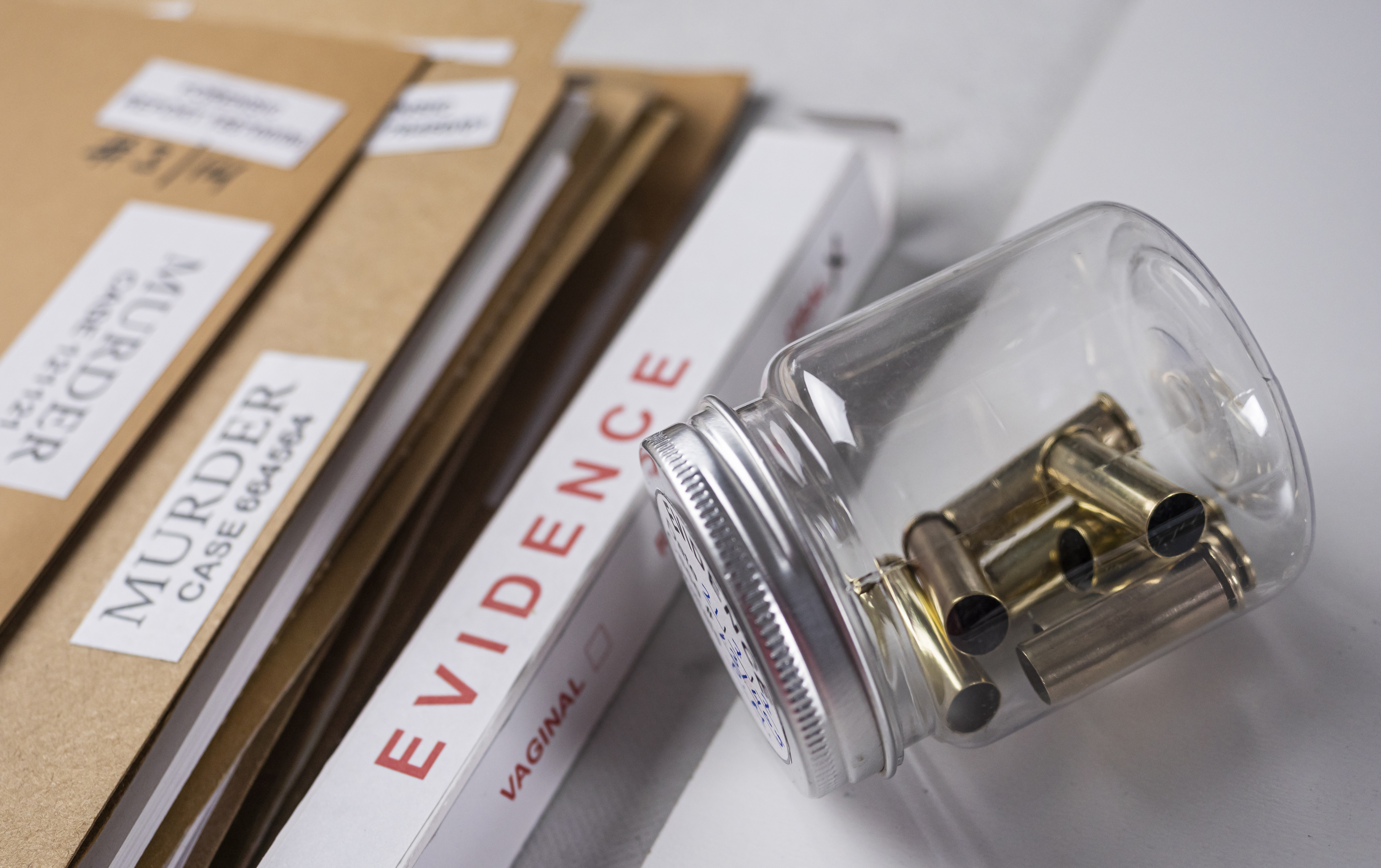
In an era where gun crime continues to pose significant challenges across the globe, law enforcement agencies are turning to advanced technological solutions to enhance their investigative capabilities. One such groundbreaking technology is the Automated Ballistic Identification System (ABIS), which has transformed the way authorities investigate firearm-related incidents.
The Power of ABIS in Modern Law Enforcement
ABIS technology utilizes sophisticated algorithms to analyze ballistic evidence—distinct marks left on cartridges and bullets fired from firearms. Much like fingerprints, these marks can uniquely identify a firearm and link it to multiple crime scenes, enabling law enforcement to connect crimes across different jurisdictions swiftly. This capability not only accelerates the investigative process but also significantly enhances the accuracy and reliability of the evidence, reducing wrongful accusations and boosting the credibility of cases in court.
The integration of ABIS with other forensic technologies, such as DNA analysis, digital forensics, and geographic information systems (GIS), creates a comprehensive approach to crime-solving. These integrated systems allow for real-time data sharing and collaborative efforts among various law enforcement agencies, ensuring a seamless flow of information and more effective crime-fighting strategies.
Case Studies: ABIS in Action
Several real-world applications and case studies highlight the effectiveness of ABIS:
- Serial Shooting Resolution: In a major metropolitan area, ABIS linked shell casings from different crime scenes to a single firearm, leading to the arrest and conviction of a suspect involved in multiple shootings.
- Gang Violence Prevention: By analyzing casings from numerous incidents, ABIS helped an urban police department disrupt gang activities, resulting in significant arrests and the seizure of multiple firearms.
- Cross-Jurisdictional Collaboration: ABIS facilitated the sharing of ballistic data between two states, uncovering a link between separate armed robberies and leading to the dismantling of a multi-state criminal network.

Embracing the Future
As highlighted in Pete Gagliardi’s book, "The 13 Critical Tasks: An Inside-Out Approach to Solving More Gun Crime, 3rd Ed.," and further explored in our comprehensive whitepaper, "Enhancing Gun Crime Investigations Through Automated Ballistic Identification," the adoption of ABIS is essential for modern policing. Law enforcement agencies are encouraged to invest in this technology and foster an environment of continuous training and interagency cooperation.
The benefits of ABIS extend beyond solving crimes; they also play a crucial role in deterring future offenses and enhancing public safety. By adopting these advanced technologies, law enforcement agencies not only improve their operational effectiveness but also contribute to safer communities.
For a deeper dive into how ABIS and related technologies are shaping the future of law enforcement, refer to our detailed whitepaper and explore the insights from Pete Gagliardi’s pivotal book.






